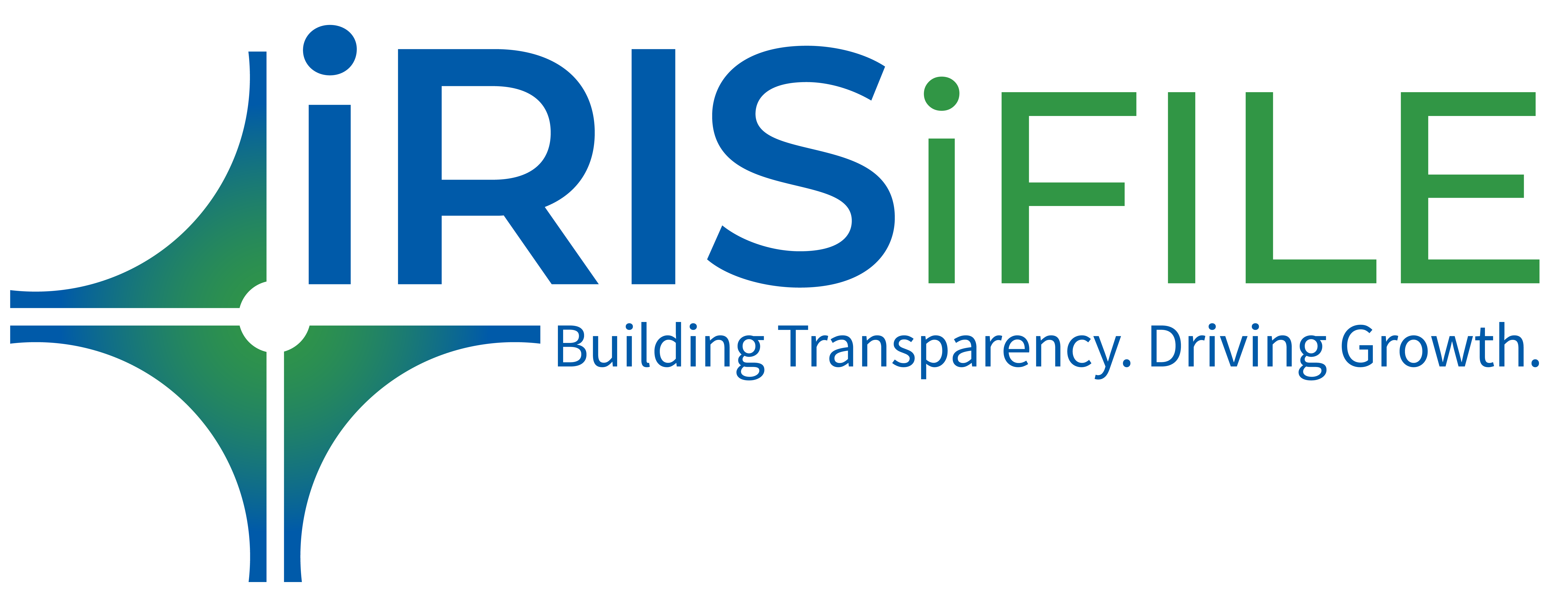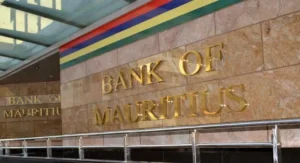The Qatar Financial Centre Regulatory Authority (QFCRA), an independent regulator of the Qatar Financial Centre (QFC), upgrades prudential filings to more accurate and automated submissions using IRIS iFILE, an XBRL based regulatory filing platform.
Background
The Qatar Financial Centre Regulatory Authority (QFCRA) was established to authorize and regulate firms and individuals conducting financial services in and from the Qatar Financial Centre (QFC). Approximately 38 banks and 25 insurance firms report their monthly, quarterly, semi-annual and annual filings to QFCRA.
Challenges with the old filing process:
Prior to implementing an XBRL platform such as IRIS iFILE, firms used to prepare their reports in MS Excel and submit them to QFCRA via its collection platform.
There were 3 major challenges in this process:
- Report Preparation Time: The task of report preparation by filers was completely manual. In the absence of any validation mechanism, it was cumbersome and time consuming to prepare quality reports. Filers had to spend a lot of time on report preparation to maintain data accuracy.
- Data Quality: Even at QFCRA, the entire data from filers was gathered on MS Excel workbooks. The data was managed manually, leaving scope for error and process lapses, and possibly leading to a drop in data quality.
- Filing Calendar: Another shortcoming of the earlier system for filers was in ascertaining the type of form and frequency of submission, both of which were dependent on the nature of the filer’s business.
The factors governing the type of forms are:
• Type of license/Type of category: The filing frequency for any filer is dependent on the type of license a filer has; e.g. there are different sets of returns to be filed by a firm with banking or insurance as their core business as compared to one that is a mediator or dealer and does not have banking or insurance as a core business.
• Type of Institution: The filing content also depends on whether the filing company is a limited liability corporation or a branch.
This was inconvenient for supervisors as they had to manually set up each firm’s filing schedule.
Overall, the previous process was not smooth enough for filers to prepare reports quickly and also required QFCRA to spend a lot of time on manual data verification. With more than 38 banks and 25 insurance firms reporting their data at varied frequencies, it was becoming a challenge for QFCRA to maintain data integrity. The manual effort was also taking away time from more important activities such as data analysis for gaining business insights and conducting effective, risk-based supervision.
The Solution
QFCRA wanted a system in place to accomplish two key things:
- Validation: QFCRA wanted to free up time currently spent on data verification. They wanted to shift the responsibility of having clean data onto the filer, but in a manner that was not cumbersome for them either.
- Standardization: The regulator also wanted to standardize filers’ reports and normalize reported items to reduce repetition and therefore time taken to prepare a consolidated report. The new application would need to be built with pre-defined items where filers could simply fill their data and submit it on the platform. At the same time, these reports would also need to be customized as per filer requirements, depending on type of license /category or institution.
Keeping these challenges in mind, QFCRA decided to partner with IRIS and implement iFILE, IRIS’ XBRL-based proprietary regulatory filing platform. iFILE would help in effectively handling the various complexities in the process, reducing time and manual effort spent on reporting and ensuring consistent, accurate and transparent data.
The IRIS team followed a 6-step process to implement the entire solution:
Standardization of Reporting Items: Though all filers need to file their specific information with the regulator, they are mostly reported under similar items and follow similar formats. The first step therefore was to identify the unique reported data points in the returns using a concept-mapping approach. The next step would be to create a self-sufficient taxonomy along with a set of in-built validation rules to ensure consistent and clean data.
Standardization of Returns: 56 QFCRA returns were standardized to have better, smoother operations for filing. This included implementation of BASEL III for banking and SOLVENCY II for the insurance sector.
Filing tool to reduce preparation time and maintain accuracy: An MS Excel based application was built to enable filers to prepare their returns easily. The application, based on the XBRL standard, is a template of standardized reporting items based on the taxonomy prepared. It has a set of in-built validation rules that ensure clean data at the filer’s end itself.
Validation rules to ensure data accuracy and data consistency: The filing tool has been built on a 2 layer validation system that includes technical and business rule validations. The technical validations take care of data consistency, for example, ensuring that monetary fields capture monetary values only, the scale for figures (thousands/millions) is the same across the report, currency conversions take place properly etc. The business rules, on the other hand, take care of accounting principles and over 600 QFCRA-specific validations such as tracking growth of assets reported and matching values reported for the same item across reports etc.

Filing Platform: Once the reports are prepared at the filer’s end, they need to be submitted to QFCRA directly via an application and without human intervention, in order to maintain data integrity. Hence, at the QFCRA end, there has to be a corresponding receiving platform to collect, store and analyse this data. The existing portal was therefore replaced with iFILE, which was capable of receiving and intelligently processing data. The platform was also enhanced to support customized requirements of filers. E.g. – Returns relevant to a banking firm are only visible as options to the filer if it is a bank and not otherwise. This makes it easier for filers as they do not have to remember form types etc.
Historical data migration: Apart from implementing iFILE to receive all new filings going forward, IRIS also assisted QFCRA with converting historical data from insurance companies for the past 5 years into XBRL enabled data. This data was then migrated to the iFILE platform to aid analysis and allow for comparison of current and past data.
The Results
The use of structured data in reporting, clubbed with a filing platform like IRIS iFILE, provided several benefits to QFCRA:
- Clean, standardized data: With a proper taxonomy in place, all reported items have been standardized across reporting entities. This in turn helps QFCRA receive clean data under defined items and prepare consistent, cleaner reports.
- Time saving: With a proper filing template in place, it is easier for filers to prepare quality reports in less time compared to the previous process. Due to pre-defined reporting items, the chances of errors and hence rework has reduced tremendously, in turn cutting down report preparation time. QFCRA is also receiving standardized, consumable and validated data of prudential returns much quicker than before.The implementation of XBRL has resulted in vastly improved productivity with a focus on conducting effective risk-based supervision rather than validating data in prudential submissions. The extensive inherent XBRL validations and additional business rules have contributed towards accurate delivery in the accompanying business intelligence, allowing supervisors to efficiently analyse the business risks of authorised firms.
Ewald Müller CA (SA)
Director, Prudential Supervision & Financial Analysis QFCRA - Easier process: With applicability of forms and filing frequency defined within the application, filers need not remember these details, making it an easier process for them. It also provides QFCRA with the flexibility to vary reporting frequencies of individual returns should the need arise based on a risk assessment of any firm.
- Normalization of data points: Prior to iFILE implementation, QFCRA had 18 returns for the banking sector comprising 8000 data points. With customization and standardization of filing requirements, the data points to be reported were reduced to 6904 uniquely identified items across 23 returns. Similarly, for insurance companies the data points were drastically reduced from 8000 across 38 returns to only 3863 across 32 returns.
- Business Intelligence: QFCRA has also benefitted with the ability to collect validated data in a timely manner. With the implementation of business intelligence reports, QFCRA can now analyse the data for further business insights or research, thereby strengthening the risk-based approach to prudential supervision. The business intelligence reports give QFCRA access to over 700 tables and graphs, along with the capability to perform risk-analysis, make better decisions, detect incongruencies, gain insight about specific patterns or trends and push the business process forward. It also enables them to drill down, slice-and-dice and perform year-on-year or month-onmonth comparison of financial data. Parameterized reports also enable comparison between or across banks and insurance firms.
About QFCRA
The Qatar Financial Centre (QFC) is the on-shore financial and business centre established by the Government of Qatar in 2005 to attract international banking, insurance business and other financial services in order to grow and develop the financial services sector in Qatar and the region.
The QFC offers domestic and international firms the opportunity to establish a broad range of banking, asset management and insurance businesses under a legal and regulatory regime that meets international best practice.
The Qatar Financial Centre Regulatory Authority is the independent regulator of the QFC, established to authorise and regulate firms and individuals conducting financial services in or from the QFC. It has built a principlesbased regulatory regime aligned with widely used common law, embracing transparency, predictability and accountability.
More information is available at: http://www.qfcra.com
About IRIS
IRIS Business Services Limited is a leading structured data solutions company with global presence in regulatory and compliance reporting software. The firm is uniquely positioned with offerings across the spectrum of creation, management and use of structured data in the realm of business and financial reporting. IRIS serves a client base that includes regulators in over a dozen countries around the world, leading banks, financial market intermediaries, consulting firms, financial printers as well as large and small enterprises. Our partner network includes large accounting firms, system integrators and specialized software and consulting firms that use IRIS’ products and expertise to enhance their offerings to end clients.
Learn more about us at: www.irisbusiness.com








